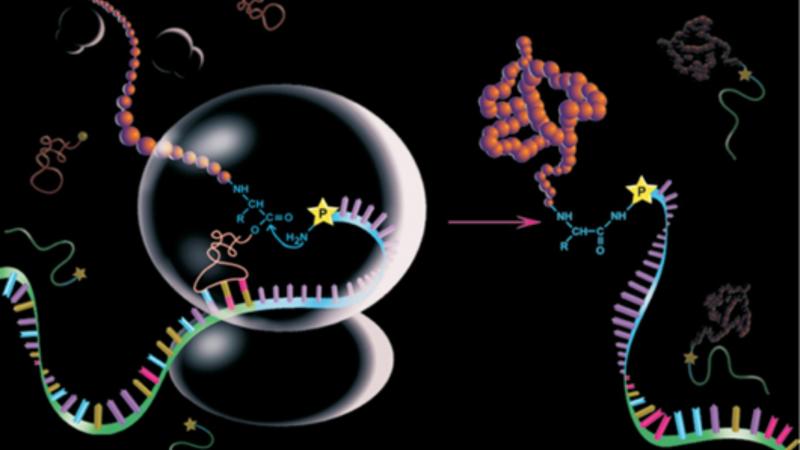Protein engineering is a rapidly evolving field that employs a range of innovative techniques to manipulate and design proteins with precision. These techniques have significantly contributed to the advancement of biotechnology, enabling the development of novel proteins with enhanced properties and functionalities for diverse applications.
One important technique used in protein engineering is directed evolution. Directed evolution involves creating genetic diversity in proteins and screening for desired traits through iterative rounds of mutation and selection. This technique allows researchers to generate libraries of protein variants and identify those with improved stability, binding affinity, enzymatic activity, or other desired properties. By subjecting proteins to selective pressure, directed evolution mimics the process of natural evolution in a controlled laboratory setting, accelerating the development of proteins with tailored functionalities.
The global protein engineering market was valued at US$ 1,936.7 Mn in 2021 and is forecast to reach a value of US$ 5,355.8 Mn by 2028 at a CAGR of 15.6% between 2022 and 2028.
Another prominent protein engineering technique is rational design. Rational design involves modifying protein sequences based on an understanding of protein structure-function relationships. By analyzing the three-dimensional structure of a protein, researchers can identify specific regions responsible for its function and make targeted modifications to enhance or alter its properties. Rational design utilizes computational modeling and simulation tools to predict the impact of sequence changes on protein structure and function. This approach allows for precise modifications that can optimize protein performance for specific applications.
In recent years, advances in DNA synthesis technology have further propelled protein engineering. Custom DNA synthesis enables the generation of DNA sequences encoding desired protein variants. Researchers can design and order synthetic DNA fragments that incorporate specific modifications or introduce entirely novel sequences. This capability facilitates the exploration of vast protein sequence space and the creation of proteins with unique properties not found in nature. Synthetic DNA also enables the incorporation of non-natural amino acids into proteins, expanding the repertoire of functional groups and enabling the development of proteins with enhanced stability, catalytic activity, or other desired characteristics.
The use of electrocompetent cells is another crucial aspect of protein engineering. Electrocompetent cells are bacterial cells that have been rendered more permeable to exogenous DNA through exposure to electrical pulses. This technique allows for the efficient transformation of cells with synthetic DNA constructs encoding modified proteins. Electrocompetent cells have been widely employed in the production of recombinant proteins, including engineered variants. By introducing synthetic DNA constructs into cells, researchers can express and purify modified proteins for further characterization and application.
In addition to these techniques, protein engineering often requires specialized cell and tissue culture supplies. Cell culture supplies, such as cell culture media, culture flasks, and sterile reagents, are essential for growing and maintaining cells in the laboratory. These supplies provide the optimal environment for cell growth and protein expression, ensuring the successful production of engineered proteins. Tissue culture supplies, including cell culture plates, cryogenic storage systems, and cell culture incubators, enable the propagation and manipulation of cells and tissues for protein engineering experiments.
The precise manipulation of proteins achieved through protein engineering techniques has revolutionized various fields of biotechnology. In medicine, engineered proteins are used as therapeutic agents, targeting specific diseases and improving treatment outcomes. Engineered antibodies, for example, have been developed to enhance their binding affinity and specificity, leading to more effective therapies for cancer, autoimmune diseases, and infectious diseases.
In industrial biotechnology, protein engineering techniques have been employed to optimize enzymes for biocatalysis, enabling more efficient and sustainable production processes. Engineered enzymes can exhibit improved stability, substrate specificity, and resistance to harsh conditions, making them valuable tools for applications such as biofuels production, food processing, and pharmaceutical manufacturing.
Furthermore, protein engineering has opened up new avenues in agriculture. By modifying plant proteins, researchers can enhance crop traits such as disease resistance, stress tolerance, and nutritional content. Engineered proteins can confer resistance to pests and diseases, reducing the reliance on chemical pesticides and promoting sustainable agricultural practices.
